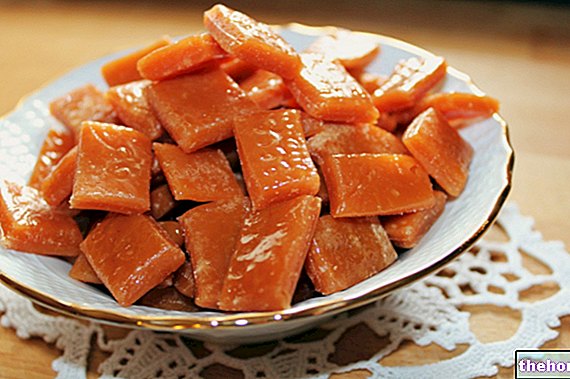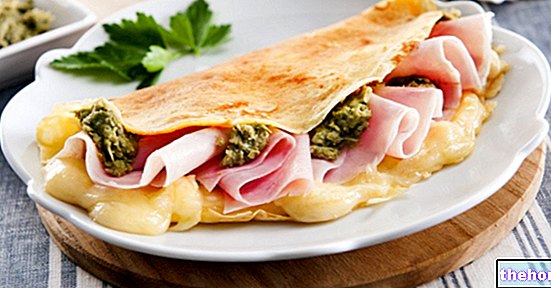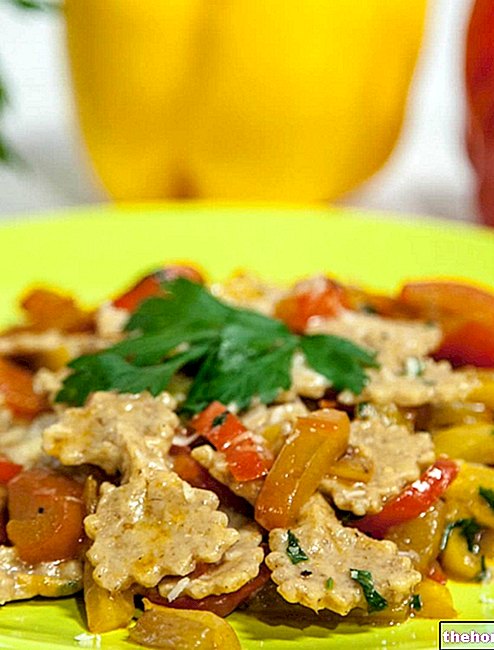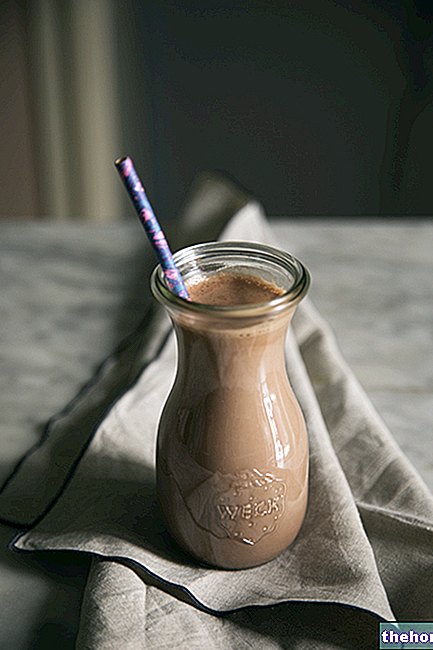Today we will prepare a bread-making specialty, which we so much like to nibble before meals or while waiting in a pizzeria or restaurant: the hand-stretched Turin breadsticks. I guarantee you that the preparation is much simpler than you can imagine, and then hand-drawing is really fun (and maybe we can involve the children too!) Let's find out the recipe!
Video of the Recipe
Problems with playing the video? Reload the video from youtube.
Identity Card of the Recipe
- 257 KCal Calories per serving
-
Ingrediants
For about 40 breadsticks
- 300 g of Manitoba flour
- 170 ml of water
- 8 g of brewer's yeast
- 1 teaspoon of barley malt
- 7 g of salt
- 3 tablespoons of extra virgin olive oil
- About 50 g of re-milled durum wheat semolina
Materials Needed
- Bowl
- Scale weighs food
- Sieve
- Baking plate
- Baking paper
- Knife
Preparation
- In a bowl, sift the Manitoba flour.
- Warm a part of water (about 100 ml) and dissolve the fresh brewer's yeast in it. Mix the liquid with a teaspoon of barley malt.
Alternatively
As an alternative to fresh brewer's yeast, it is possible to use 3 g of dry brewer's yeast or sour dough (in doses equal to 30% of the weight of the flour).
In this recipe we suggest the use of barley malt, but it is possible to replace it with sugar (white or cane).- Pour the liquid into the center of the flour, add the remaining water and the extra virgin olive oil. Start kneading and, as the last ingredient, add the salt.
- Work the dough for a long time, until you get a soft and velvety dough.
- Place the pasta in the bowl, cover with cling film and let it rest for 15 minutes in a warm environment.
- Take the dough, deflate it and work it very quickly, for a few moments. Put the pasta back in the bowl, cover with cling film and let it rest for an hour in a warm environment, sheltered from drafts.
- Remove the dough from the bowl and place it on a surface avoiding kneading it.
- Preheat the oven to 220 ° C.
- With a knife or a sharp spatula, cut a small piece of dough (weighing about 15 g) with a sharp blow. Roll the piece thus obtained in the semolina and slowly pull it with your hands to give it the typical structure of a breadstick.
- Arrange the cord thus obtained in a plate lined with baking paper.
- Following the same procedure, make the other breadsticks placing them gradually in the pan. It is advisable to keep a certain distance between one breadstick and the other to avoid making them sticky during cooking.
Did you know that
To cook the breadsticks to perfection, it is advisable to place the dough strings in a micro-perforated pan: in this way, cooking is flawless and uniform because the heat also penetrates from below (through the holes).
You can make breadsticks more or less long: as a measure, it is in fact possible to consider the long side or the short side of the pan.- Bake the breadsticks at 220 ° C for 12 minutes, or until golden brown.
- Remove from the oven, leave to cool in the pan and serve: the breadsticks must be crunchy and solid.
Alice's comment - PersonalCooker
So crunchy, the breadsticks will keep perfect for 2-3 days! For an alternative version, I can advise you to brush them with oil before cooking them, and embellish them with sesame seeds (see the recipe for breadsticks with sesame), poppy seeds or with oregano and tomato sauce! your breadsticks!Nutritional values and Health Comment on the recipe
ATTENTION! The values shown on the side do not take into account the dehydration that occurs during cooking, which is why they are quite underestimated.
Torinesi breadsticks are rather energetic foods, with a caloric prevalence attributable to carbohydrates compared to lipids and proteins. The fatty acids are mainly unsaturated, the proteins of medium biological value, the cholesterol absent and the fibers more than relevant.
Torinesi breadsticks are foods that lend themselves little to clinical nutrition. They should be abolished in the diet for overweight, type 2 diabetes mellitus, hypertriglyceridemia and celiac disease; on the contrary, they are allowed in the diet for lactose intolerance and hypercholesterolemia.
The medium portion (instead of bread) varies according to the composition of the meal.




























